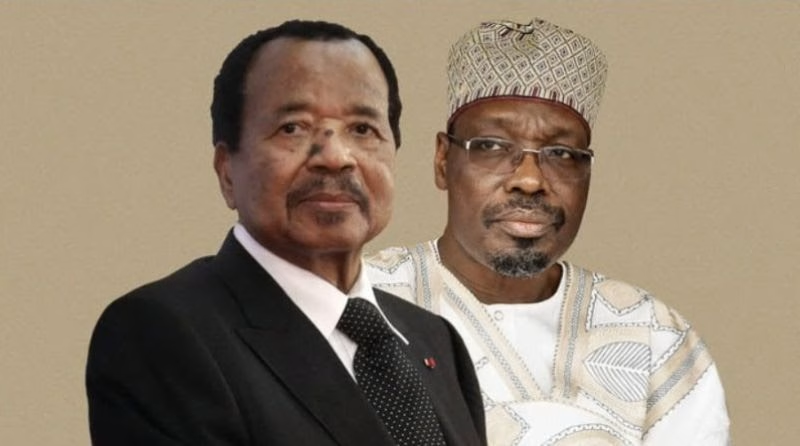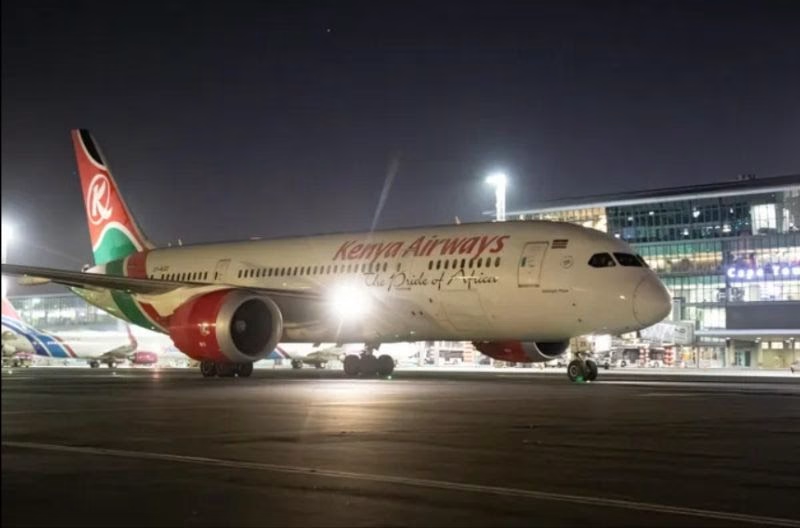The Grand Ethiopian Renaissance Dam has stoked intense nationalistic fervor in both Ethiopia and Egypt. Ethiopians see building the dam as a fundamental right, one that could bring electricity to the more than half of Ethiopians who don’t have access at home. Egyptians see their fate potentially falling into foreign hands. The two countries — as well as Sudan, also heavily dependent on Nile water from Ethiopia — have tried in vain for years to forge a deal on how quickly the dam’s reservoir should be filled. Egypt, anticipating droughts, has demanded that it be filled slowly, over more than a decade. Ethiopia, which built the dam largely with its own money, wants the reservoir full and generating the maximum electricity as soon as the dam is complete — scheduled now for 2023. With or without an agreement, the dam is an imminent reality, and people in both countries are preparing for what it may bring. Even without the dam, many of the delta’s irrigation canals are running dry. A multitude of factors including climate change, poor maintenance, mismanagement and illegal water siphoning have dehydrated the already thirsty country. The U.N. Food and Agriculture Organization says temperatures in some parts of Egypt are expected to rise between 1.8 and 3.6 degrees Celsius over the next century, requiring more water to grow crops as evaporation in the Nile and its canals increases.
SOURCE: WASHINGTON POST











